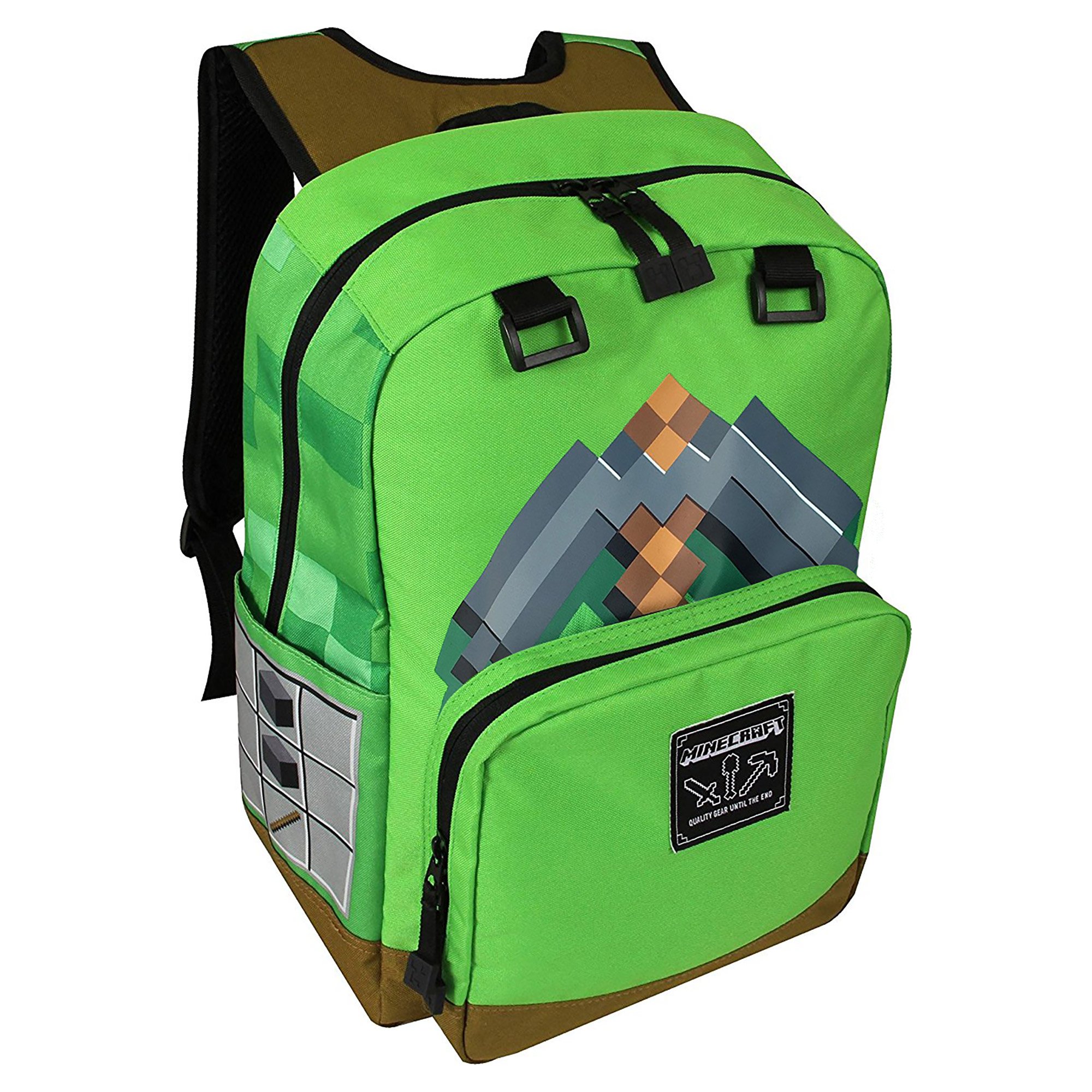The adventure backpack sets the stage for this enthralling narrative, offering readers a glimpse into a story that is rich in detail and brimming with originality from the outset. Its essential characteristics, diverse types, and innovative features combine to create a compelling narrative that will captivate and inspire.
In this comprehensive guide, we delve into the world of adventure backpacks, exploring their durability, comfort, and functionality. We identify different types based on size, capacity, and purpose, showcasing examples designed for specific activities like hiking, camping, and backpacking. Materials and construction techniques are examined, explaining how they impact durability and longevity.
Adventure Backpack Features
Adventure backpacks are designed to withstand the rigors of outdoor activities and provide comfort and functionality for extended periods. They typically feature durable materials, comfortable suspension systems, and a range of pockets and compartments to organize gear.
Durability
Adventure backpacks are made from durable materials such as nylon, polyester, or canvas to withstand abrasion, punctures, and weather conditions. They often have reinforced seams and stress points to enhance durability.
Comfort
Adventure backpacks prioritize comfort for extended wear. They feature padded shoulder straps, adjustable waist belts, and breathable mesh back panels to distribute weight evenly and reduce fatigue.
Functionality
Adventure backpacks offer a variety of features to enhance functionality, including:
- Multiple pockets and compartments for organizing gear
- Hydration systems to stay hydrated on the go
- External gear attachment points for carrying items like trekking poles or ice axes
- Compression straps to reduce pack size and secure contents
Types of Adventure Backpacks
Adventure backpacks come in various types, each designed for specific purposes and capacities. Understanding these types helps you choose the right backpack for your adventure.
Daypacks
Daypacks are compact and lightweight, designed for short hikes or day trips. They typically range from 15 to 25 liters in capacity and have basic features like a main compartment, hydration sleeve, and a few pockets for essentials.
Multi-Day Packs
Multi-day packs are larger and more robust than daypacks, suitable for overnight or multi-day treks. They offer capacities ranging from 30 to 60 liters and feature multiple compartments, adjustable straps, and external attachment points for additional gear.
Expedition Packs
Expedition packs are the largest and most heavy-duty backpacks, designed for extended expeditions or backpacking trips. They typically exceed 60 liters in capacity and are equipped with numerous compartments, specialized pockets, and a sturdy frame for carrying heavy loads.
Specific examples of adventure backpacks designed for different activities include:
- Osprey Talon 22: A lightweight daypack for hiking and day trips.
- Gregory Baltoro 65: A multi-day pack for backpacking and trekking.
- Arc’teryx Alpha FL 50: An expedition pack for long-distance backpacking and mountaineering.
Materials and Construction

Adventure backpacks are subjected to rigorous use in diverse environments, demanding durability and functionality. The materials and construction techniques employed play a crucial role in ensuring these backpacks withstand the challenges of adventure.
Materials
The most common materials used in adventure backpacks are nylon, polyester, and canvas.
- Nylonis a synthetic fabric known for its strength, abrasion resistance, and water repellency. It is often used in high-end backpacks due to its durability and ability to withstand heavy loads.
- Polyesteris another synthetic fabric that offers similar properties to nylon but is generally more affordable. It is lightweight and resistant to fading and shrinking, making it suitable for extended outdoor use.
- Canvasis a heavy-duty cotton fabric that provides excellent durability and abrasion resistance. However, it is not as water-resistant as nylon or polyester and requires regular maintenance to prevent mold and mildew.
Construction Techniques
In addition to materials, construction techniques significantly impact the durability of adventure backpacks.
- Stitching: The strength and quality of the stitching determine the overall integrity of the backpack. Double or triple stitching, as well as reinforced stitching at stress points, enhance durability.
- Reinforcement: Areas prone to wear and tear, such as the bottom and shoulder straps, are often reinforced with additional layers of material or padding to increase their longevity.
- Hardware: The quality of zippers, buckles, and other hardware components contributes to the backpack’s functionality and durability. Durable zippers with strong teeth and reinforced pull tabs ensure smooth operation and prevent breakage.
Examples
The following examples illustrate backpacks with different material compositions and construction methods:
- Osprey Atmos AG 65: Made from durable nylon, with a reinforced suspension system and hip belt for heavy load carrying.
- REI Co-op Trail 40: Constructed from abrasion-resistant polyester, with reinforced stitching and water-resistant zippers.
- Filson Medium Field Pack: Crafted from heavy-duty canvas, with double-stitched seams and reinforced corners for exceptional durability.
Ergonomics and Comfort

Ergonomic design plays a crucial role in enhancing the comfort and support of adventure backpacks during extended wear. Key elements include shoulder straps, hip belts, and back panels, each contributing to a comfortable and supportive fit.
Shoulder Straps
Shoulder straps distribute the weight of the backpack across the shoulders. They should be padded and adjustable to fit a wide range of body sizes. Some backpacks feature contoured straps that conform to the shape of the shoulders, providing additional comfort.
Hip Belts
Hip belts transfer the weight of the backpack from the shoulders to the hips, reducing strain on the back and shoulders. They should be wide and padded to distribute weight evenly. Adjustable hip belts ensure a secure and comfortable fit.
Back Panels
Back panels provide support and ventilation. They should be made of breathable materials to prevent sweating and discomfort. Some backpacks feature mesh panels or ventilation channels to enhance airflow.
Adjustable and Customizable Fit Systems
Many adventure backpacks offer adjustable and customizable fit systems. These systems allow users to tailor the backpack to their specific body shape and size. This ensures a comfortable and supportive fit, reducing fatigue and discomfort during extended wear.
Organization and Storage
Adventure backpacks prioritize organization and storage to accommodate various gear and equipment. They feature multiple internal and external compartments to keep items organized and accessible.
Internal Storage
Internal storage typically includes a spacious main compartment for bulky items like clothing, sleeping bags, and tents. Additionally, there are often smaller pockets and sleeves designed for specific items such as laptops, hydration bladders, and first-aid kits.
External Storage
External storage compartments provide quick access to frequently used items. Mesh pockets on the sides are ideal for water bottles and snacks, while zippered pockets on the front or top can store valuables, maps, and other essentials.
Organization Features
To enhance organization, adventure backpacks employ multiple pockets, zippers, and compression straps. Multiple pockets allow for efficient separation of items, while zippers provide secure closure. Compression straps not only secure the load but also help reduce the overall volume of the backpack.
Specialized Compartments
Some adventure backpacks feature specialized compartments tailored to specific gear. For instance, a laptop sleeve provides protection for laptops, while a hydration bladder pocket ensures easy access to water during outdoor activities. Similarly, sleeping bag compartments keep sleeping bags clean and dry.
Accessories and Add-Ons
Adventure backpacks can be further enhanced with accessories and add-ons to suit specific needs and preferences. These accessories not only improve functionality but also enhance convenience and comfort during outdoor adventures.
Common accessories include:
Rain Covers
Rain covers provide an extra layer of protection against rain and moisture, ensuring the contents of the backpack remain dry in inclement weather. They are typically made from waterproof materials like nylon or polyester and can be easily attached to the backpack.
Hydration Bladders
Hydration bladders are a convenient way to carry and access water while on the move. They are usually made from BPA-free materials and feature a drinking tube that allows for easy hydration without having to remove the backpack.
Waist Pouches, Adventure backpack
Waist pouches are small, detachable pouches that can be attached to the waist belt of the backpack. They provide quick and easy access to essential items like snacks, maps, or a phone, without having to remove the backpack.
Sustainability and Environmental Impact
In the realm of adventure, the impact on the environment is a growing concern. Adventure backpacks are no exception, as their production and disposal can contribute to environmental degradation. However, the industry is embracing sustainability, offering eco-friendly backpacks that minimize their environmental footprint.
Choosing backpacks made from recycled materials is a significant step towards sustainability. These materials, such as recycled nylon and polyester, reduce the need for virgin materials and conserve natural resources. Additionally, ethical manufacturing practices ensure that backpacks are produced in a way that respects workers’ rights and minimizes waste.
Sustainable Certifications and Responsible Production
Several certifications and standards guide the production of sustainable backpacks. The Global Recycled Standard (GRS) verifies the use of recycled materials, while the bluesign® certification ensures responsible production processes that minimize environmental impact. Backpacks with these certifications guarantee that they meet high standards of sustainability.
Wrap-Up: Adventure Backpack

As we conclude our journey into the realm of adventure backpacks, it is evident that these versatile companions are meticulously crafted to enhance outdoor experiences. Their ergonomic design, organization, and storage compartments, along with accessories and add-ons, empower adventurers to explore the great outdoors with confidence and comfort.
Sustainability and environmental impact are also considered, highlighting backpacks that embrace eco-friendly practices and reduce environmental impact.
Key Questions Answered
What are the key features to consider when choosing an adventure backpack?
Durability, comfort, functionality, and innovative features like hydration systems and external gear attachment points are crucial factors to consider.
What different types of adventure backpacks are available?
Daypacks, multi-day packs, and expedition packs are common types, each designed for specific activities and capacities.
How do materials and construction impact the durability of an adventure backpack?
Materials like nylon, polyester, and canvas are commonly used, with construction techniques like stitching and reinforcement affecting durability.
What ergonomic design elements contribute to the comfort of an adventure backpack?
Shoulder straps, hip belts, and back panels are key elements that provide support and comfort during extended wear.
How can I organize my gear effectively in an adventure backpack?
Multiple pockets, zippers, and compression straps help organize gear, with specialized compartments for laptops, hydration bladders, and sleeping bags.